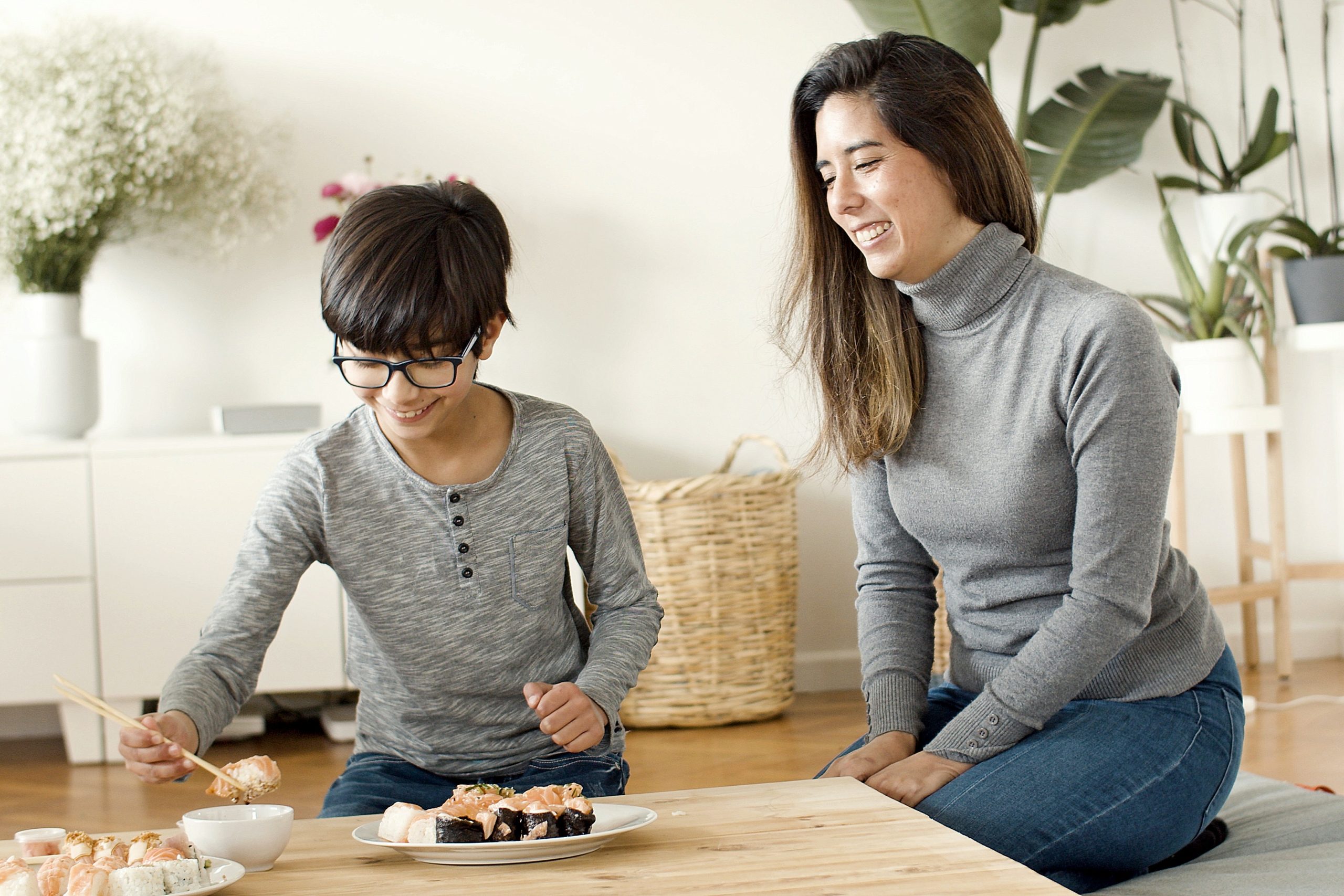UNICEF reports that among the 41 developed countries of the European Union and the OECD, Japan stands out as the only country where less than one in five children are overweight, what do they do differently?

UNICEF reports that among the 41 developed countries of the European Union and the OECD, Japan stands out as the only country where fewer than one in five children are overweight.
In 1896, the progressive physician and pharmacist Sagen Ishizuka introduced a Japanese concept known as ‘shokuiku’. This term is a combination of two words: ‘shoku’ meaning ‘to eat’ and ‘iku’ meaning ‘to grow’. Shokuiku is a philosophy that promotes the idea of educating children about the origins of their food and how it affects their physical and mental well-being. This principle has deep roots in Japanese culture and contributes significantly to the healthy youth of the country.
Aponese doctors often advise expectant mothers to follow a balanced eating style known as “ichijū-sansai”. This approach consists of a meal that includes rice, soup , a protein-focused dish and two vegetable side dishes (such as seaweed or mushrooms) that provide essential vitamins, minerals and fiber. As children grow, they begin to adopt healthy eating habits. In 2005, the government adopted the Shokuik Basic Law to further promote the concept. In some kindergartens, children are involved in collecting vegetables for their lunches and in primary schools they are educated about the origin of the food they eat.
More than 95% of Japanese primary and secondary schools have a school lunch programme, in which meals are carefully planned by nutritionists and students are actively involved in the lunch distribution process. Although many kindergartens also offer lunches, home-made bento lunches play an important role in the development of shokuiku. Kindergarten teachers often encourage students to talk to each other about the contents of their bento boxes, making lunchtime more enjoyable and encouraging a willingness to try new foods. Choosing bento lunches instead of fast food ensures that children receive consistent portions of seasonal vegetables and fruit and avoid foods high in fat and food additives.
There are no strict restrictions on the consumption of fruit juices or occasional milkshakes. Fortunately, the child does not like soft drinks. Barley tea, a decaffeinated, mineral-rich beverage popular with different age groups and a healthier alternative to store-bought sugary or artificially flavoured drinks, is introduced in Japan from an early age and helps to reduce daily calorie intake. In addition, home-made smoothies are prepared with fresh fruit and yoghurt, initiating a discussion on the origin and growth of fruit with the aim of instilling lasting healthy eating habits for the future.
Photo source: www.pexels.com
Author of this article
WAS THIS ARTICLE HELPFUL?
Support us to keep up the good work and to provide you even better content. Your donations will be used to help students get access to quality content for free and pay our contributors’ salaries, who work hard to create this website content! Thank you for all your support!




OR CONTINUE READING